(10064 products available)

























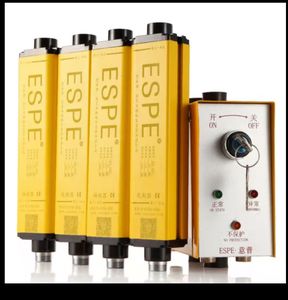























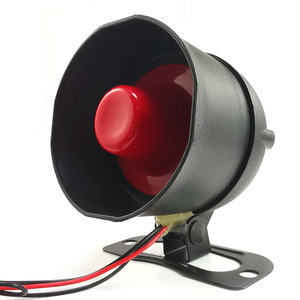


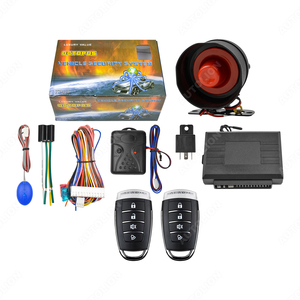

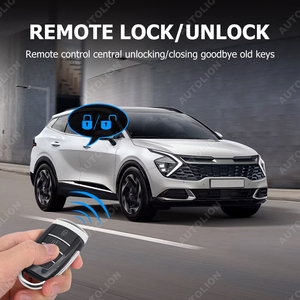















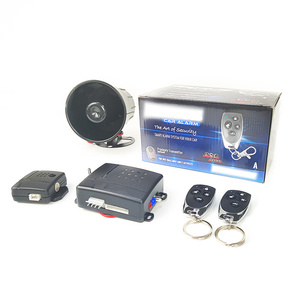


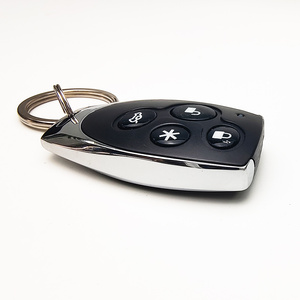








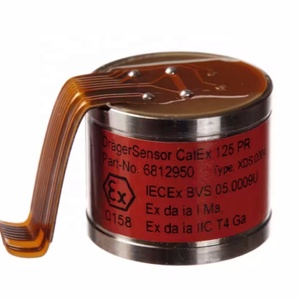

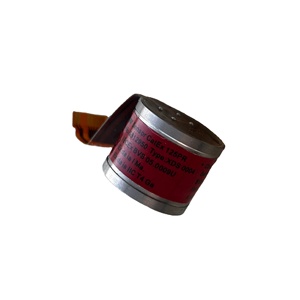

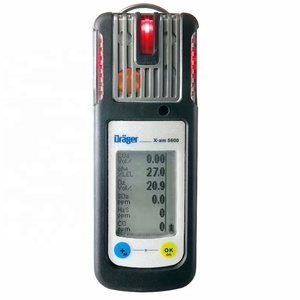
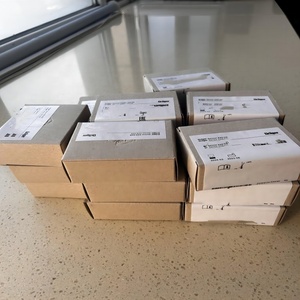

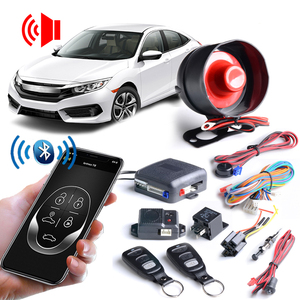

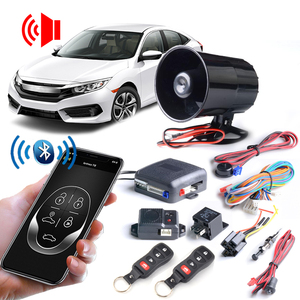





















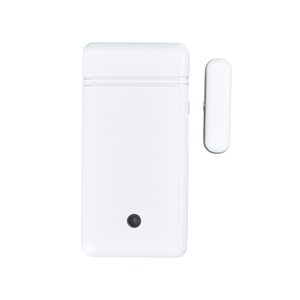
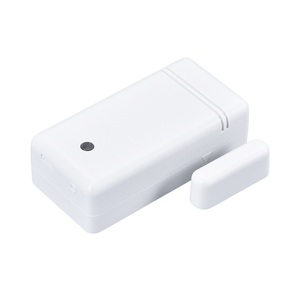











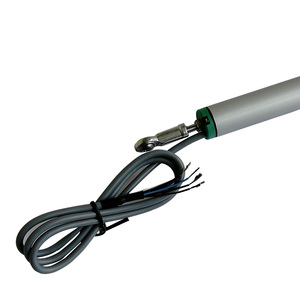

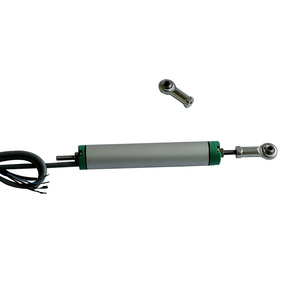




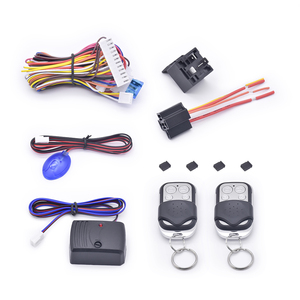


























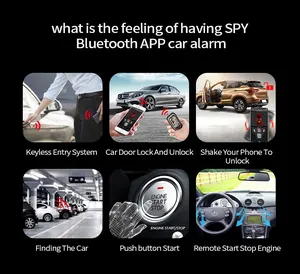










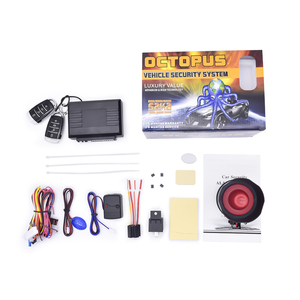

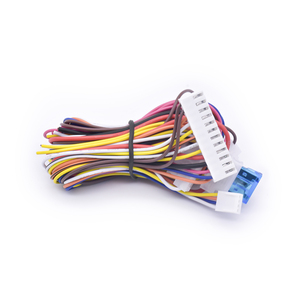













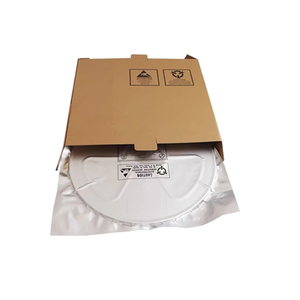



Shock sensors are available in varions types. Each type has its own unique characteristics and applications. Here are the most common types of shock sensors:
Mechanical Shock Sensors
Usually, these sensors have a pendulum or a mass attached to a spring. In detail, they detect sudden changes in velocity or acceleration. Mostly, when a shock event occurs, the pendulum or mass moves. Then, it makes contact with a conductive path, completing the circuit. Commonly, mechanical shock sensors are utilized in security applications. This means they are in environments where the detection of unauthorized entry is critical.
Capacitive Shock Sensors
These sensors work by measuring changes in capacitance caused by mechanical stress or vibration. Normally, the sensor consists of a capacitor which is influenced by the shock wave. In detail, as the capacitor discharges, its capacitance changes. This change is then used to detect shocks or vibrations. Often, capacitive shock sensors find applications in automotive systems. Include systems that need to monitor road conditions or detect impacts.
Piezoelectric Shock Sensors
Typically, piezoelectric sensors convert mechanical stress into electrical charges. Usually, these sensors have a piezoelectric crystal that generates voltage when exposed to pressure, shock, or vibration. Moreover, when an impact occurs, the crystal experiences deformation. This generates an electrical signal proportional to the level of the shock. Regularly, these sensors are used in a range of applications. Goof examples are industrial machinery monitoring, structural health monitoring, and seismic activity detection.
Thermal Shock Sensors
Customarily, these sensors detect changes in temperature. Normally, they respond to thermal stress rather than mechanical shocks. In detail, these sensors identify rapid temperature fluctuations. Such changes can cause materials to expand or contract quickly. This leads to potential structural failure. Often, thermal shock sensors are essential in environments exposed to extreme temperature variations. Some common uses are in aerospace and cryogenic applications.
Microelectromechanical Systems (MEMS) Shock Sensors
This shock sensor incorporates tiny mechanical elements to detect shocks and vibrations. More importantly, MEMS sensors use piezoelectric materials, capacitive sensing, and/or strain gauge technologies. This enables them to be compact, highly sensitive, and suitable for modern electronics. Habitually, these sensors are predominant in consumer electronics. Such as smartphones and wearable devices, where they are used to enhance user experience by adjusting settings based on motion detection.
When selecting a shock sensor, it is critical to consider several key features. Here is a list of these features:
Sensitivity
Usually, it determines the sensor's ability to detect small variations or impacts within its environment's threshold. Commonly, high sensitivity sensors can detect minute shocks or vibrations. This makes them ideal for precision applications like aerospace and biomedical fields. On the other hand, lower sensitivity is preferred in industrial environments. This is where large movements are the standard, and minor variations are inconsequential.
Temperature Range
Often, shock sensors operate effectively within specified temperature ranges. This is important considering environments where these sensors are deployed frequently experience extreme temperatures. For instance, in automotive or aerospace applications. Therefore, choosing a sensor that can withstand such temperature variations without loss of functionality is very essential.
Response Time
In most cases, this is the time a sensor takes to react to a shock event. Usually, faster response times are crucial for real-time monitoring systems. For instance security alarms or protective machinery shutdown systems. Conversely, in less critical applications, longer response times may be acceptable. In such cases, data averaging can help smooth out latency.
Mounting Options
Typically, shock sensor's performance can significantly be affected by its mounting method on a surface. Regularly, certain sensors are designed for flexible installations. Such options include adhesive, screw, or bracket mounting. It helps in ensuring adaptability to varied industrial or commercial settings. Mostly, in portable devices, compact design and ease of mounting are critical factors in the selection process.
Durability and Enclosure Rating
Customarily, durability is essential when considering environmental factors. They include exposure to moisture, dust, or mechanical wear. Often, shock sensors with robust housings can withstand harsh conditions. This protects the internal components from damage. Commonly, these sensors have IP-rated enclosures. These ratings indicate the level of protection against such elements. Consequently, this ensures reliability and longevity of the sensors in challenging environments.
Shock sensors are useful in various applications. Here is a list of their common applications:
Security Systems
Often, these sensors detect unauthorized entry or tampering with doors and windows. In detail, when a doorjar or window experiences an impact or vibration, the shock sensor picks this up. Normally, this then triggers an alarm, alerting property owners and/or security personnel. Additionally, several businesses enhance their security systems by incorporating shock sensors. This ensures the protection of valuable assets.
Automotive Industry
Commonly, they monitor the impact of an accident, helping to deploy safety features such as airbags. Normally, these sensors are crucial for enhancing vehicle safety by detecting sudden deceleration or acceleration. Usually, this information is then used to activate safety systems. Such implementations reduce injuries to passengers during collisions. In addition, auto manufacturers also utilize shock sensors in anti-theft systems. There they detect unauthorized attempts to access the vehicle.
Industrial Equipment Monitoring
Normally, these sensors track vibrations in machinery. This helps in early detection of potential failures. Also, by monitoring shock levels, businesses can carry out predictive maintenance. This reduces downtime and avoids costly breakdowns. To illustrate, industries such as manufacturing and oil and gas rely on shock sensors to keep their operations running smoothly and maintain equipment longevity.
Consumer Electronics
Commonly, these sensors improve device functionality. This includes smartphones, tablets, and gaming consoles. Usually, these sensors can detect changes in orientation. This allows automatic adjustments to screens, for instance. Also, in the case of a sudden drop or impact, the shock sensors safeguard important data by initiating protective measures. Further, this enhances user experience and increases the overall reliability of electronic devices. These applications range from anti-theft features to screen protection.
Transportation and Logistics
Often, these sensors track the condition of shipments in transit. This ensures that products arrive safely and in good condition. Ideally, by monitoring shocks and vibrations levels during transport, businesses can minimize damage to delicate items. These items include electronics or fragile glassware. Regularly, the sensors send alerts if the packages experience excessive movements. This indicates potential risks to product integrity. Therefore, companies in the retail and shipping sectors rely on shock sensors.
It can be quite a challenge to select the ideal shock sensors. Here are some factors to consider when making the selection:
Application Requirements
To begin with, the intended use of the sensor greatly impacts the choice. For instance, industrial shock sensors usually have a high load capacity and are designed to handle extreme conditions. On the other hand, those for consumer electronics often prioritize miniaturization and energy efficiency. Therefore, clearly defining the requirements of the particular application will ensure the selected sensor meets performance needs.
Sensitivity and Range
Usually, the sensitivity level of the shock sensor should correspond to the application's needs. In detail, high-sensitivity sensors detect minute vibrations or impacts. This makes them ideal for fields like aerospace and pharmaceuticals. On the flip side, low-sensitivity sensors can handle large shocks. This makes them suitable for heavy machinery monitoring. They can easily get a variety of options with extended detection ranges.
Environmental Conditions
Normally, the operating environment plays a huge role in determining the sensor's design. For example, shock sensors used outdoors or in industrial settings should be resistant to dust, moisture, and extreme temperatures. Often, these conditions can affect the sensor's accuracy and longevity. In most cases, selecting a sensor with an appropriate IP rating and rugged construction ensures reliable performance under specified environmental conditions.
Integration Compatibility
Mostly, the chosen sensor should easily integrate with existing monitoring systems. More importantly, compatibility with data acquisition hardware or other sensors is crucial for seamless operation. Usually, many shock sensors are designed to easily connect with standard interfaces. These interfaces include analog or digital output channels. Therefore, this simplifies the overall system design and maintenance.
Cost and Quality
In most cases, budgeting is an essential factor. However, it is vital not to compromise quality for the price. Therefore, considering long-term reliability and manufacturer reputation can greatly impact the overall performance. Often, investing in a high-quality shock sensor ensures durability and accuracy. So, weighing initial costs against potential benefits in performance and reduced maintenance will help make a well-informed decision.
Usually, most shock sensors come with adjustable sensitivity settings. This allows users to calibrate them for specific applications. Commonly, this is done by changing the threshold levels for detection. Therefore, users can customize the sensor's response to meet the unique needs of varied environments.
Often, these sensors are used to monitor the effects of vibrations and impacts on vehicles during transit. Normally, they help in the identification of excessive shocks. These shocks can affect both the cargo and vehicle in a bad way. By doing this, they enable real-time adjustments to be made in order to enhance safety and minimize damage.
Generally, piezoelectric sensors can be suitable for outdoor use. In most cases, this is when they are housed in protective enclosures that guard against weather elements. Normally, their robustness can make them ideal for monitoring outdoor structures. Often these structures include bridges, towers, and wind turbines.
This normally depends on the operating environment and application. For instance, in industrial settings, users should regularly inspect and maintain the sensors. In particular, they should look for signs of wear or damage. Additionally, they should replace them in good time. Usually, this is to ensure continued accuracy and reliability.
Commonly, these sensors come in handy by helping to avoid equipment failure in industrial settings. Moreover, by monitoring vibrations, they enable predictive maintenance. This means that maintenance activities can be planned before actual breakdowns occur. This way, one can minimize unplanned downtime and reduce operational costs.